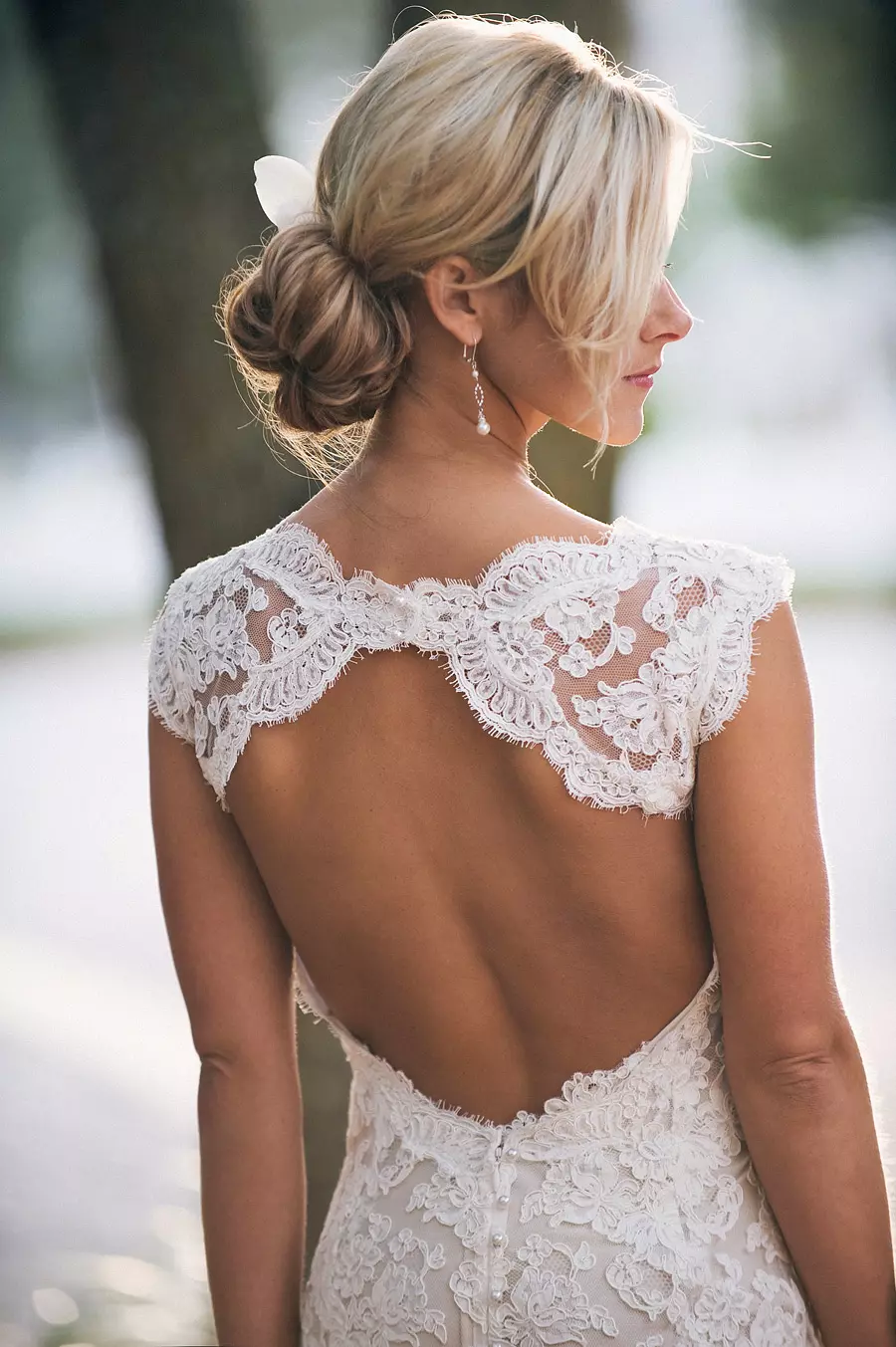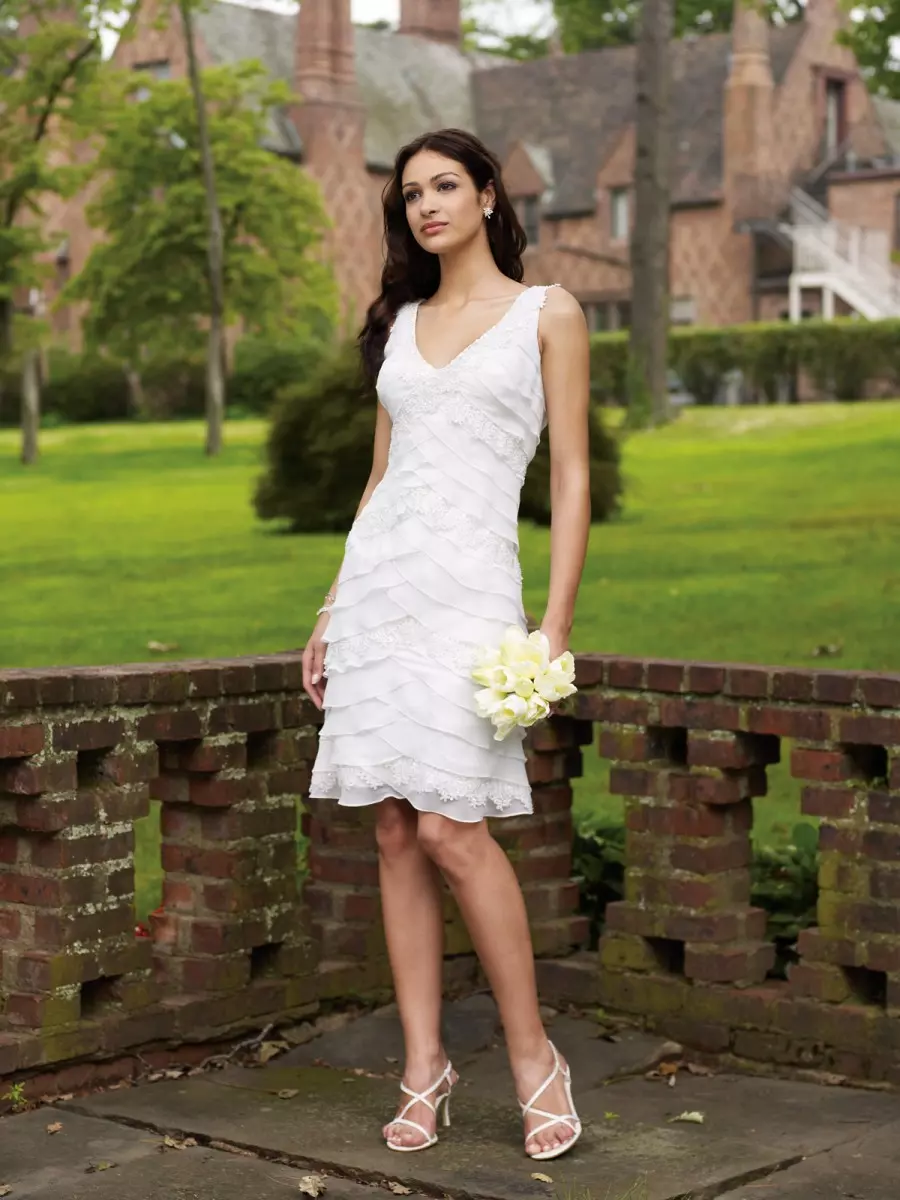A traditional Mexican wedding is a tribute to holly customs and festivity. Most of modern wedding ceremonies still occur in a Catholic church and include all attributes of a historical Mexican wedding. If you consider this wedding style an ideal one according to your temper and beliefs, you should not lose touch with mexican style wedding dresses.
Alongside with a varicolored tile, terracotta pots and succulents as classical interior elements in design, wedding dresses also stick to some patterns to be considered in this article.
Flamenco wedding dress style
Of course, clothes fashion in Mexico bear the Spanish influence, and wedding fashion is not an exception. The inspiration comes from over-the-top looks of Flamenco dancers. Color range includes such asked-for hues as white, red, champagne and beige. Still, a formal Mexican wedding gown is white and floor-length, sometimes even with a train. Flamenco bridal dress is also referred to mermaid type with extravagant bottom to be picked delicately from the ground. Skirts usually have layers of ruffles on them, just as dancers wear during performances.
Formal wedding dress style
Mexican style wedding dresses can also be very much typical to classical white wedding gowns, traced to the past, with full skirts and lots of lace. A formal dress for a bride is made from satin, embellished with lace, pearls, germs or rhinestones. In some cases they have extremely long trains that help recreate that fancy gypsy image. This wedding gown style is very conservative, with high neckline and short sleeves, yet quite flexible. Brides often modify some elements to fit their personal preferences.
Huipil
Just as a groom wears a traditional Guayabera shirt, a bride has conventional wedding attire for herself called a huipil. The latter has tunic-like looks with ribbons, fabric strips and stitching. This garment is preferred by women inhabiting the territory from central Mexico up to Central America. The length of a Huipil can be different: brides can opt either for a blouse-like dresses or a floor-length dress. Ceremonial Huipil garments are often made from a BackStrap loom fabric. Decorative elements such as ribbons are likely to be thread in horizontal bands, but vertical kinds can be met as well.
Brides who want to keep up with Spanish wedding fashion tend to use the appropriate accessories such as a long laced veil call mantilla (a traditional veil is black, but other colors are acceptable as well). Some women choose to plait a live red flower into hair to put the emphasis on hot Mexican temper. In case the weather is bad or cold, it is possible to wear slik boleros to cover the shoulders and top or thick capes for winter ceremonies.






